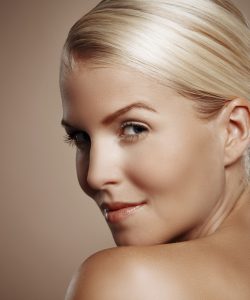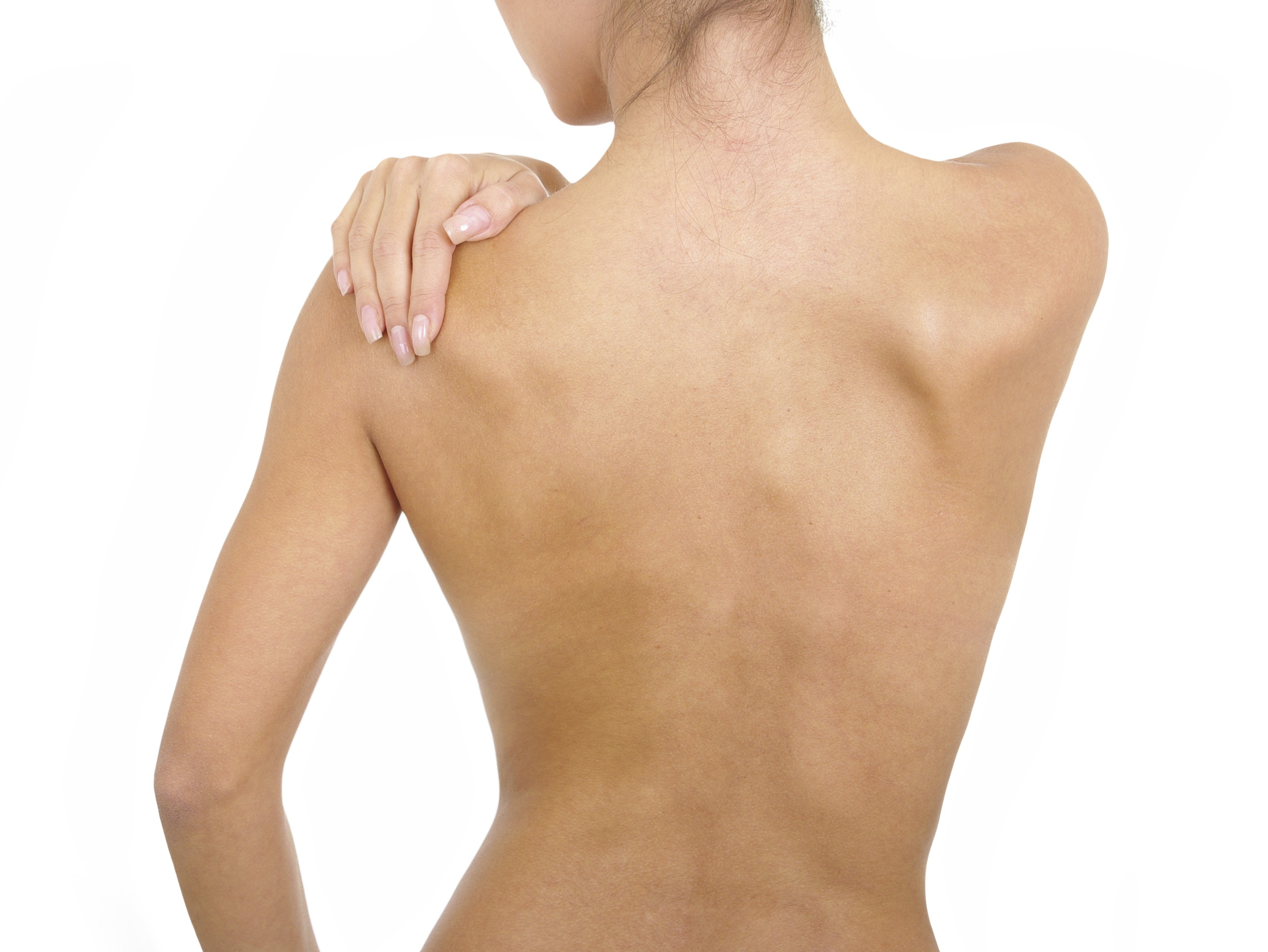Known as the Face Reader, Fiona Tuck is both a skincare expert and accredited nutritional medicine practitioner. She talks to Professional Beauty about the tell-tale skin signs that there is a skin nutrition issue lurking beneath the surface.
According to Fiona Tuck, our skin is a direct reflection of our inner health. “What we put into our bodies shows through our skin,” says Tuck. “Good skincare is important for keeping our skin healthy, however good nutrition ultimately is the most important factor for healthy skin.”

Fiona Tuck takes us through some skin issues and what they mean for our client’s internal health:
Redness and flakiness: “Redness and flakiness on the skin can often be a sign of low vitamin B and or essential fatty acids,” says Tuck. “This often appears as a dermatitis type condition but is often a sign that the diet needs a boost particularly if the person is stressed, has gut problems, takes hormone replacement, the contraceptive pill, drinks alcohol or eats processed food.”
Capillaries across the cheeks: “Bleeding gums and capillaries across the cheeks are signs of a vitamin C deficiency,” says Fiona Tuck.
Bumps on the back of arms: “Bumps or chicken skin on the backs of the arms or tops of the legs can be a sign of low essential fatty acids or vitamin A in the diet. This skin issue is often seen in people that eat a low fat diet,” says Tuck. “Red dots on the back of arms are also a sign of a vitamin C deficiency.”
Dark stains: “Dark stains under the arms or at the back of the neck can be a sign of insulin resistance, Polycystic Ovarian Syndrome, or pre diabetes,” says Tuck.

Three skin foods to encourage your clients to eat (or not eat):
Good Fats. “We need fat for healthy, hydrated and glowing skin so include oily fish, nuts, seeds, avocados and coconut oil in your diet. You’ll be amazed at how it benefits all skin conditions,” says Tuck.
Avoid deep fried and process. “Avoid the fat found in deep fried foods, cakes, pies and processed meats as this has the opposite effect and contributes to accelerated ageing, breakouts and inflammatory conditions,” says Tuck.
Go colour. “Blueberries, sweet potato, carrots and pretty much all fruits and vegetables are good for the skin as they provide vital phytonutrients and antioxidants essential for clear skin. Choose a variety of different coloured foods to ensure you are getting the variety of different nutrients you need,” says Tuck.
Top skin nutrition tips to pass onto your clients:
Increase your vegetables. “Increase fruits and vegetables in your daily diet. 99 per cent of the clients I see do not eat enough vegetables even though they think that they do,” says Tuck. “Veggies should be the main part of every meal so pile your plate high with vegetables and have a side of protein such as chicken, red meat or fish and a very small portion of wholegrains.”
Ditch refined food. “Cut back on refined foods such as bread, pasta, potatoes and breakfast cereals which have minimum nutrients, fluctuate your blood sugar and encourage weight gain,” says Tuck.
Don’t deprive yourself. “It’s all about moderation so don’t deprive yourself if you fancy a treat but keep the majority of your diet fresh and vegetable based,” says Fiona Tuck.

For more information on nutrition and how it impacts the skin, go to fionatuck.com There are also portion size and other free factsheets available for download.
Instagram @fionatucknutrition

